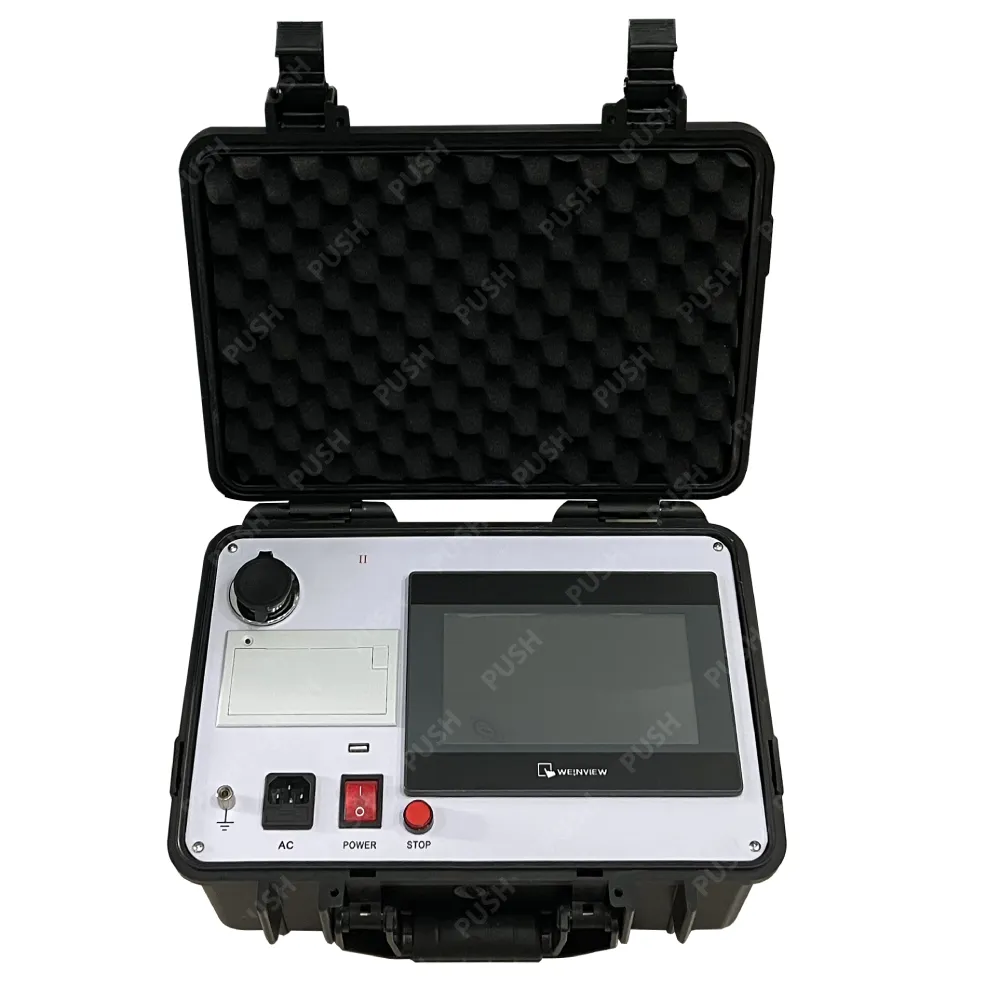 English
English


hipot test for 11kv cable
Hipot Testing for 11kV Cables Essential Insights and Procedures
High Potential (Hipot) testing is a critical procedure in ensuring the reliability and safety of electrical power systems, particularly for high voltage cables such as those operating at 11kV. This testing method is designed to verify the insulation integrity of cables by subjecting them to high voltage beyond their normal operating conditions. The primary intent is to detect any weaknesses or flaws in the insulation before the cables are put into service.
Understanding Hipot Testing
Hipot testing typically involves applying a voltage greater than the normal operating voltage of the cable, in this case, 11,000 volts (11kV). The test is often performed as part of routine maintenance, after installation, or as part of quality assurance for newly manufactured cables. The high voltage induces electrical stress that can reveal any existing faults such as insulation breakdown, pinholes, or contamination that may not be apparent under normal operating conditions.
There are several methods of performing Hipot tests, including
1. DC Hipot Test This involves applying a direct current voltage to the cable. It is typically used for cables that have a DC voltage rating since it allows for a more straightforward interpretation of results.
2. AC Hipot Test An alternating current voltage is applied. This method is more common for AC systems and can be more effective in detecting certain types of insulation failures.
3. VLF (Very Low Frequency) Testing This method uses a voltage that is significantly lower in frequency than standard AC power (e.g., 0.1 Hz). VLF testing is advantageous for long cable runs as it minimizes the capacitive charging current.
Importance of Hipot Testing
Conducting Hipot tests on 11kV cables is vital for several reasons
- Safety Assurance The high voltage levels involved in power distribution systems pose risks to both equipment and personnel. Ensuring that cables are free from insulation failures helps prevent electric shock and potential fires.
hipot test for 11kv cable

- Preventing Downtime Failed cables can lead to significant downtimes and financial losses. By identifying insulation issues before installation, organizations can avoid costly outages and ensure consistent power supply.
- Regulatory Compliance Many industries are required to comply with stringent safety standards and regulations concerning electrical installations. Hipot testing helps fulfill these requirements and maintain necessary certifications.
The Testing Procedure
1. Preparation Prior to testing, cables must be disconnected from all power sources and grounded. All connections should be inspected, and the cable should be cleaned to eliminate dust and moisture that could corrupt test results.
2. Setup A Hipot tester is connected to the cable. The tester must be rated for the appropriate voltage levels and calibrated according to the manufacturer's specifications.
3. Testing The test is initiated, gradually increasing the voltage to the specified test level (for 11kV cables, typically around 25kV for AC tests). The duration of the test is generally 1 minute, but this may vary based on applicable standards.
4. Monitoring and Results Continuous monitoring during the test ensures that any insulation breakdown is immediately detected. If the cable withstands the high voltage for the required time without failure (indicating no current leakage), it passes the test. A failure may lead to immediate disconnection and further investigation.
5. Post-Test Procedures After testing, cables are safely discharged, and proper records of the results must be maintained for future reference and compliance audits.
Conclusion
Hipot testing for 11kV cables is an essential procedure that ensures the safety, reliability, and performance of electrical systems. Understanding its importance and the methodologies involved can help organizations mitigate risks associated with electrical failures, thereby safeguarding both their infrastructure and personnel. Through diligent testing and adherence to safety standards, the integrity of high voltage cables can be effectively maintained, ensuring uninterrupted power delivery.
-
Differences between open cup flash point tester and closed cup flash point testerNewsOct.31,2024
-
The Reliable Load Tap ChangerNewsOct.23,2024
-
The Essential Guide to Hipot TestersNewsOct.23,2024
-
The Digital Insulation TesterNewsOct.23,2024
-
The Best Earth Loop Impedance Tester for SaleNewsOct.23,2024
-
Tan Delta Tester--The Essential Tool for Electrical Insulation TestingNewsOct.23,2024





